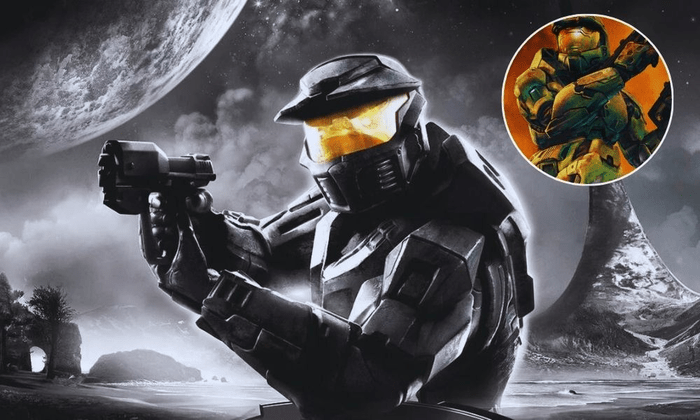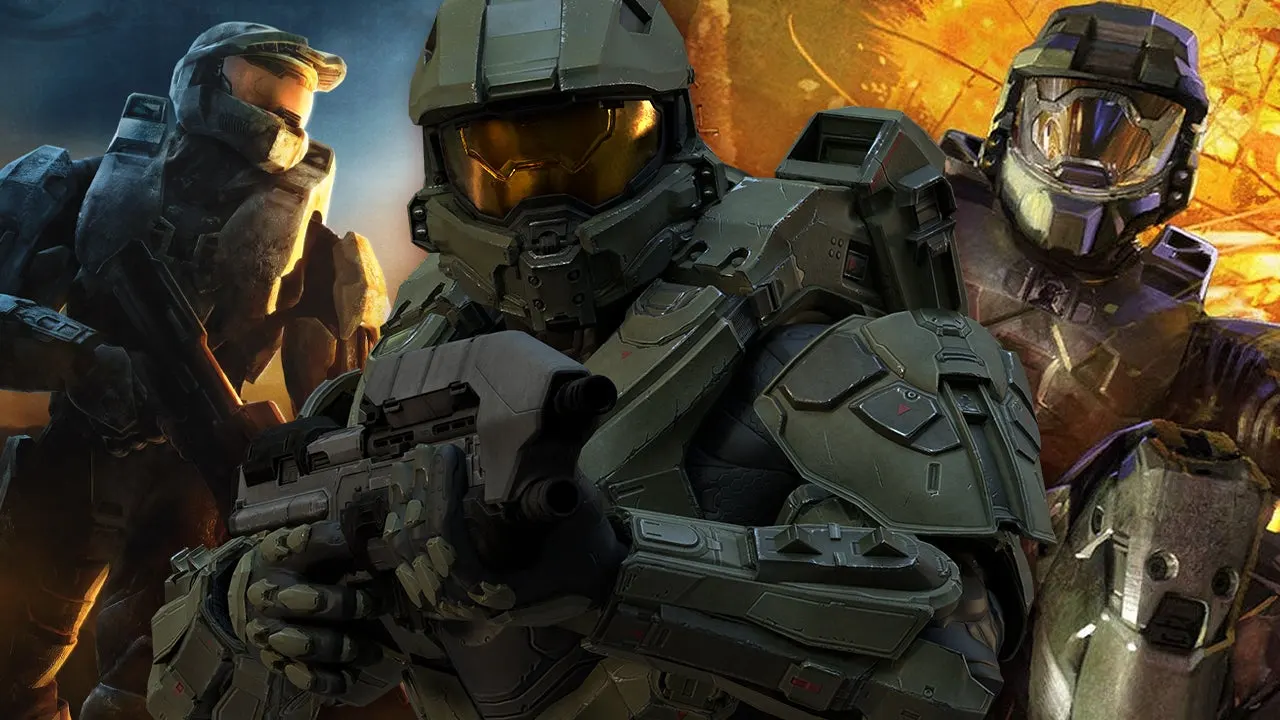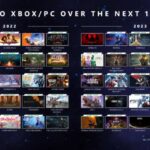Contents
Introduction
Few games have left as significant a mark on the gaming world as Halo: Combat Evolved (2003). Known for its thrilling gameplay, engaging storyline, and iconic multiplayer experience, Halo also set a high bar for game branding and design. The Halo (2003) Game Icons Banners played a crucial role in marketing and community engagement, making them an integral part of the game’s success.
In this article, we’ll explore the visual identity of Halo (2003), focusing on its icons, banners, and promotional artwork that captivated fans and contributed to the game’s legendary status.
The Significance of Halo (2003) Game Icons and Banners
Visual elements such as game icons and banners are often overlooked, but in the early 2000s, they were essential for branding and recognition. The Halo (2003) Game Icons Banners were more than just images—they represented the game’s identity and helped cement its place in pop culture.
1. The Evolution of Halo’s Iconic Branding
The original Halo: Combat Evolved had a distinctive and futuristic branding style that immediately resonated with gamers. Here’s what made its design so impactful:
- The Halo Logo: The game’s logo, with its sleek metallic lettering and blue glow, became instantly recognizable.
- Master Chief’s Helmet: The most iconic visual from Halo (2003), often used in banners and icons, featured Master Chief’s reflective visor.
- Covenant and UNSC Symbols: The opposing factions had unique insignias that were used in game banners and promotional content.
These elements ensured Halo was visually striking, reinforcing its science-fiction and military themes.
2. The Role of Game Icons in Halo (2003)
Game icons serve a practical and aesthetic purpose. Whether in menus, game selections, or promotional materials, the Halo (2003) Game Icons played a pivotal role.
- Main Game Icon: The original Halo icon, used on PC and Xbox, featured the game’s title over a futuristic blue background, symbolizing the mystery of the Halo ring.
- Weapon Icons: Each weapon in Halo had a unique icon, from the Battle Rifle to the Energy Sword, making them easy to recognize.
- Multiplayer Icons: Custom lobbies used various icons to represent teams, maps, and game modes.
These icons contributed to Halo’s immersive interface, making it easy for players to navigate menus and recognize key in-game elements.
Halo (2003) Banners and Their Impact on Gaming Culture
Banners were an essential part of Halo’s marketing and community engagement. From website headers to event posters, the Halo (2003) Game Icons Banners became a staple in gaming culture.
1. Marketing and Promotional Banners
Microsoft and Bungie used banner advertisements extensively to promote Halo before and after its release.
- Pre-release Banners: Featured the Master Chief, the Halo ring, and cryptic text like “Combat Evolved Begins”.
- Multiplayer Event Banners: Xbox Live promotions included banners showcasing epic battle scenes.
- Game Updates and DLC Banners: These featured new maps, weapons, and game modes in visually engaging designs.
2. Community and Fan-Made Banners
As the Halo fanbase grew, so did the demand for custom game banners. Fans created:
- Clan Banners: Used for team branding in online matches.
- Custom Lobby Icons: Personalized game modes had unique visual representations.
- Fan Art and Wallpapers: Inspired by the game’s sci-fi aesthetic, showcasing Master Chief, the Flood, and the Covenant.
These elements played a key role in fostering a strong Halo community, where players could identify with distinct designs and create their own.
Why Halo (2003) Game Icons and Banners Still Matter Today
Despite being over two decades old, Halo (2003) Game Icons Banners remain relevant due to the game’s enduring popularity.
1. Remastered Versions and Tributes
With the release of Halo: The Master Chief Collection, many original icons and banners were remastered in HD to bring them up to modern standards while maintaining their nostalgic appeal.
2. Collectible and Retro Gaming Appeal
Retro gaming enthusiasts collect Halo-themed digital assets such as:
- Original Halo PC desktop icons.
- Limited edition game banners from Xbox events.
- Halo-themed avatars and profile pictures.
This preserves the legacy of the original game and keeps its iconography alive for newer generations of players.

Frequently Asked Questions (FAQs)
1. What are Halo (2003) Game Icons?
These are visual symbols used in Halo: Combat Evolved for menu navigation, weapon selection, and game branding.
2. Where were Halo (2003) banners used?
Banners were used in marketing campaigns, multiplayer lobbies, Xbox Live events, and fan-made content.
3. Can I still find the original Halo (2003) game icons and banners?
Yes! Many are available in archived game files, fan websites, and remastered versions in the Master Chief Collection.
4. Did the game icons and banners change in later Halo games?
Yes. While the core Halo branding remained, newer games introduced higher-resolution icons and updated banners.
5. Why are these game icons and banners still popular today?
They hold historical value for gamers and remain symbols of the golden era of FPS gaming.
Conclusion
The Halo (2003) Game Icons Banners played a pivotal role in shaping the game’s identity. From its sleek game icons to its memorable promotional banners, these visual elements enhanced the player experience and left a lasting impression on gaming culture.
Even today, Halo: Combat Evolved remains a benchmark for FPS games, and its iconic imagery continues to be celebrated. Whether you’re a longtime fan or a newcomer, revisiting the icons and banners of Halo (2003) offers a nostalgic glimpse into gaming history.














